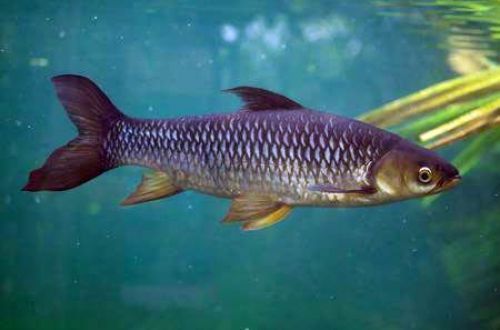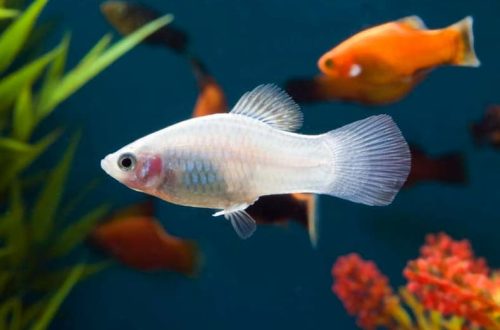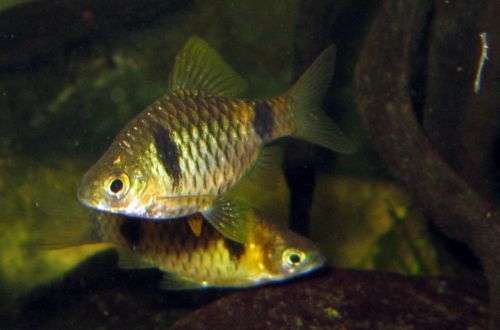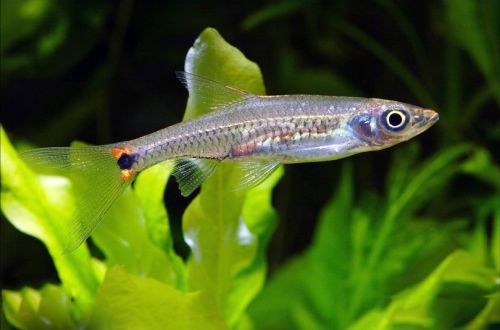
Hovena carp
Hoven carp, scientific name Leptobarbus hoevenii, belongs to the Cyprinidae family. The fish is named after the zoologist Jan van der Hoven (1801–1868). Due to its size, it is rarely seen in the hobby aquarium. In its natural habitat, it is among the species for sport fishing.

Contents
Habitat
It comes from Southeast Asia from the territory of Peninsular Malaysia and the Greater Sunda Islands (Sumatra, Kalimantan, Java). Inhabits the main channels of major rivers in the region. During the rainy season, it swims to flooded areas of the rainforest to spawn.
Brief information:
- The volume of the aquarium – from 500 liters.
- Temperature – 20-26°C
- Value pH — 6.0–8.0
- Water hardness – 2–15 dGH
- Substrate type – any
- Lighting – moderate
- Brackish water – no
- Water movement – moderate
- The size of the fish is 80–100 cm.
- Food – any food
- Temperament – peaceful calm fish
- Content alone or in a group
Description
Large fish, reaching a length of one meter. The color of adult fish is monophonic steel or bronze hue, young fish are silvery. Sexual dimorphism is weakly expressed, males and females have few visible differences.
There is confusion with another related species, Leptobarbus redfin due to their similarity. Both species are often supplied under the same name.
Food
Omnivorous species. In nature, they feed on almost everything that they can swallow. These are the fruits of trees, insects, worms, as well as small fish. In the artificial environment, most popular dry food will be accepted, which can become the basis of the diet.
Maintenance and care, arrangement of the aquarium
Such a large size of Barbus Hoven suggests the presence of an appropriate aquarium. For one individual, a tank with a volume of 500 liters or more is desirable. The design is arbitrary and is selected at the discretion of the aquarist.
Particular attention should be paid to water quality. Fish are sensitive to the accumulation of organic waste (food leftovers, excrement), so weekly replacement of part of the water with fresh water and the presence of a productive filtration system are mandatory conditions for long-term keeping.
Fish tend to jump out of the aquarium. The lid, with a splash-proof lighting system, becomes its indispensable attribute.
Behavior and Compatibility
Peaceful calm fish, compatible with other species that are large enough not to be eaten. They can be alone or in a group.
Breeding / breeding
Breeding in home aquaria is not possible. Regular breeding on a commercial basis is organized in nurseries on the island of Sumatra, where spawning is initiated with the help of hormones.
Fish diseases
Hardy fish, cases of disease are rare. The main causes of disease are unsuitable habitat and poor food quality. If you keep in spacious aquariums and serve fresh food, then there are no problems.





